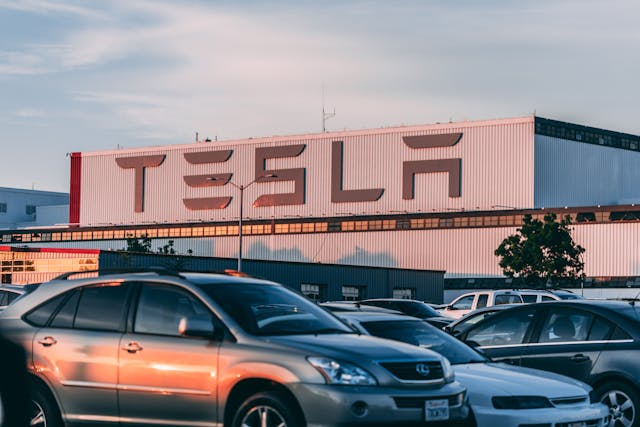The Rise of Electric Vehicles: What’s Next After Tesla?
Electric vehicles (EVs) have moved from niche technology to a mainstream trend, and Tesla played a huge role in that shift. But as the market grows, many new players and technologies are emerging. So, what comes next after Tesla’s success? Let’s explore the future of EVs and what to expect in the coming years.

Tesla’s Role in the EV Revolution
Tesla helped change how people think about electric cars by proving they can be fast, stylish, and practical. Its innovation in battery technology, charging networks, and software updates pushed the whole industry forward. But Tesla is no longer the only game in town.
More Competition, More Choices
Now, almost every major carmaker is entering the EV market:
- Ford, General Motors, Volkswagen, and others are launching new electric models to compete.
- New companies like Rivian, Lucid Motors, and NIO are gaining attention with unique designs and features.
- Affordable models are expanding access, helping EVs reach more drivers around the world.
This competition means more choices and faster improvements for consumers.
Advances in Battery Technology
One of the biggest challenges for EVs has been battery cost and range. The good news is:
- New types of batteries, like solid-state batteries, promise faster charging, longer life, and better safety.
- Battery prices continue to drop, making EVs more affordable.
- Recycling and second-life uses for batteries are improving sustainability.
Better batteries mean EVs will soon rival or beat gasoline cars in cost and convenience.
Expanding Charging Infrastructure
Charging stations are growing in number and speed:
- More fast chargers are being built along highways and in cities.
- Wireless and ultra-fast charging technologies are being tested.
- Networks are becoming more user-friendly with apps and smart features.
This helps reduce “range anxiety,” making EVs easier to own and drive on long trips.
Beyond Cars: The Electric Ecosystem
Electric transportation isn’t just about cars anymore. We’re seeing:
- Electric trucks and vans for delivery and freight.
- Electric buses transforming public transportation.
- Electric bikes and scooters for short trips in cities.
These changes support cleaner, quieter, and healthier communities.
The Role of Renewable Energy
EVs are most sustainable when charged with clean energy like solar or wind. Many companies and homeowners are combining EVs with renewable energy systems to reduce carbon footprints even further.
Challenges Ahead
Despite progress, some challenges remain:
- Raw materials for batteries like lithium and cobalt require responsible mining to avoid environmental harm.
- Upgrading power grids to handle increased electricity demand is necessary.
- Policies and incentives will influence how fast EV adoption grows worldwide.
What’s Next?
The future of electric vehicles will be shaped by:
- More affordable, longer-range EVs with faster charging.
- Growing global competition driving innovation.
- Expansion of charging networks and smarter infrastructure.
- Integration with renewable energy and smart grids.
- New forms of electric transport beyond personal cars.

Final Thoughts
Tesla jump-started the electric vehicle revolution, but the road ahead is wide open. With rapid advances in technology, infrastructure, and more players joining the market, EVs are set to become the norm rather than the exception.
This shift promises cleaner air, quieter streets, and a more sustainable way to get around. The rise of electric vehicles is just beginning — and the best is yet to come.












